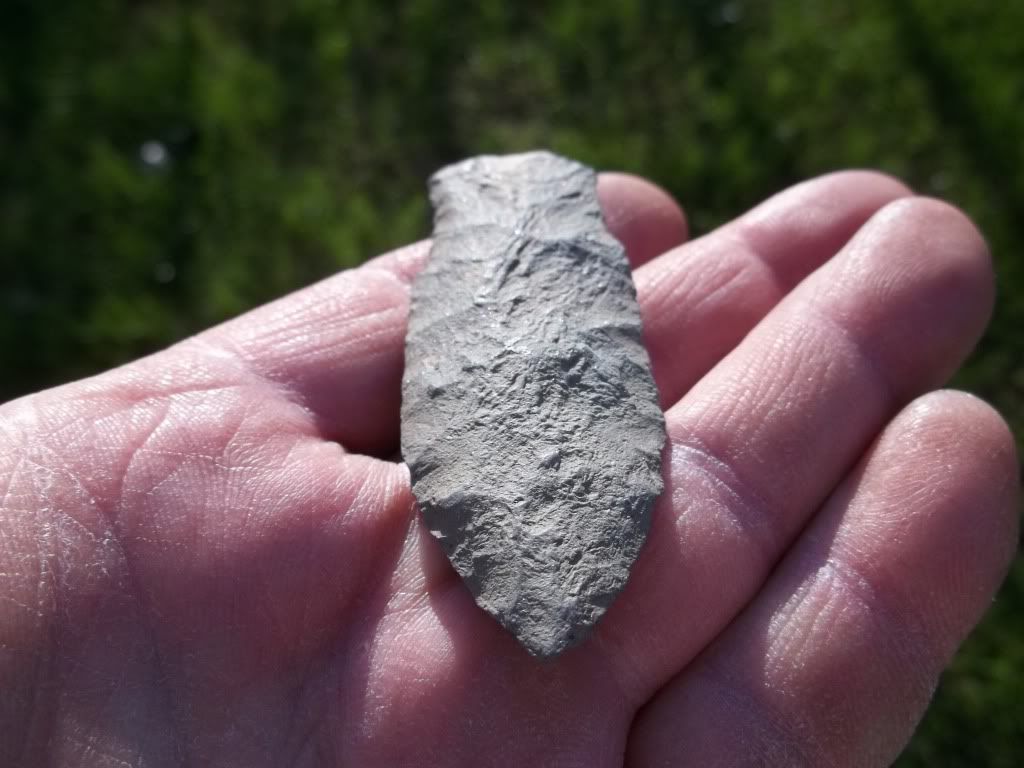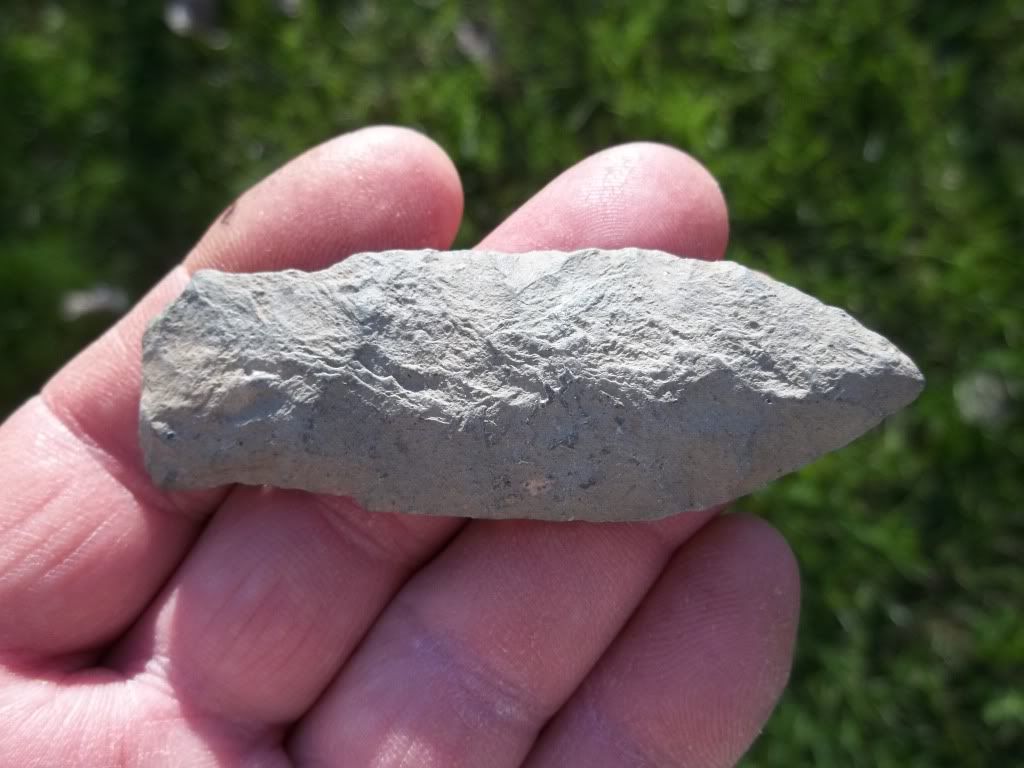Hoss wrote:
Charlie they have some but igly material in your neck o the woods but they sure did know how to make a nice point out of some real crappy material.
That Vosburg looking point in the first picture is some rough material but that point overall is a beauty.
Charlie they have some but igly material in your neck o the woods but they sure did know how to make a nice point out of some real crappy material.
That Vosburg looking point in the first picture is some rough material but that point overall is a beauty.

 One more thing, it might be a nice project for someone to archive a nice variety of argillacious rock photos from different areas. Examples of different stages of wear, etc. Is there a dissertation out there somewhere online about this? Anyone? I love that crude rock. The first 5 or more times I found a point it was an argillacious rock.
One more thing, it might be a nice project for someone to archive a nice variety of argillacious rock photos from different areas. Examples of different stages of wear, etc. Is there a dissertation out there somewhere online about this? Anyone? I love that crude rock. The first 5 or more times I found a point it was an argillacious rock.


Comment